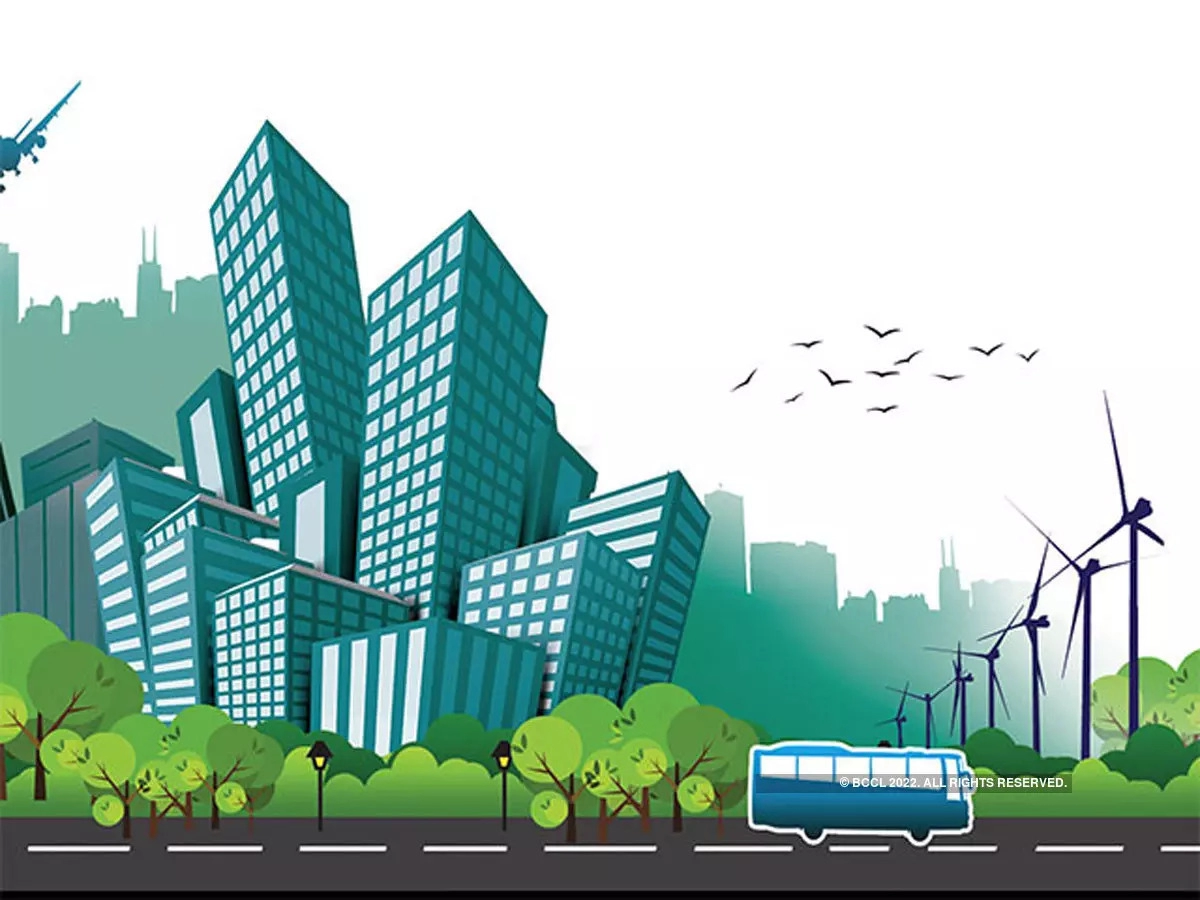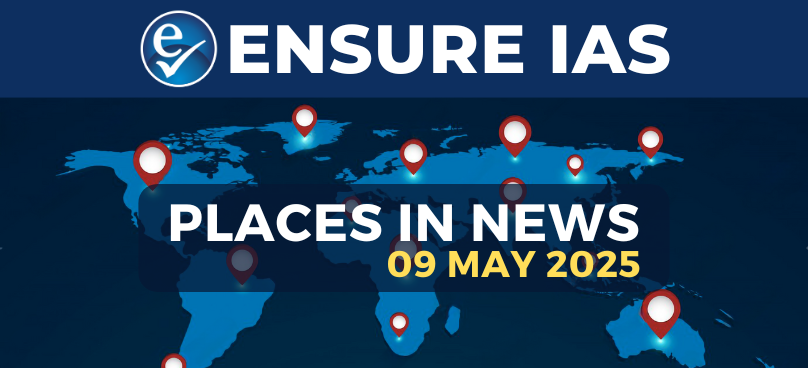- Courses
- GS Full Course 1 Year
- GS Full Course 2 Year
- GS Full Course 3 Year
- GS Full Course Till Selection
- Online Program
- GS Recorded Course
- NCERT (Recorded 500+ Hours)
- Polity Recorded Course
- Geography Recorded Course
- Economy Recorded Course
- AMAC Recorded Course
- Modern India, Post Independence & World History
- Environment Recoded Course
- Governance Recoded Course
- Science & Tech. Recoded Course
- International Relations and Internal Security Recorded Course
- Disaster Management Module Course
- Ethics Recoded Course
- Essay Recoded Course
- Current Affairs Recoded Course
- CSAT
- 5 LAYERED ARJUNA Mentorship
- Public Administration Optional
- ABOUT US
- OUR TOPPERS
- TEST SERIES
- FREE STUDY MATERIAL
- VIDEOS
- CONTACT US
Empowering Local Bodies for Effective Urban Governance in India
Empowering Local Bodies for Effective Urban Governance in India
09-10-2024

In August-September 2024, heavy rains severely affected cities across Gujarat, notably in Vadodara, where flooding, power outages, and waste accumulation crippled the city.
- While residents criticized the Vadodara Municipal Corporation for its response, the local body worked tirelessly to address the damages.
- This incident shows the vital role of urban local bodies (ULBs) in managing cities and tackling contemporary challenges.
Urban Local Bodies:
- Urban local bodies, including Municipal Corporations, Municipalities, and Nagar Panchayats, serve as the fundamental units of urban governance in India.
- They are the first point of contact for citizens, responsible for essential services such as waste management, sanitation, and urban planning.
- Historically, Indian cities had informal governance structures before colonial rule, which varied according to their primary activities, whether as trading hubs or religious centers.
- The British established formal city-level institutions like improvement trusts to address sanitation issues, particularly during epidemics.
- For instance, trusts in Bombay and Calcutta were created to combat diseases such as the plague by planning wider streets and improving drainage.
- The first municipal body was established in Madras in 1687, followed by Bombay and Calcutta.
- The introduction of local self-governments by Lord Ripon in 1882 laid the foundations for democratically elected municipal governments.
- By 1935, the Government of India Acts recognized the importance of local self-governments as provincial or state subjects.
Devolution of Powers
- Many freedom fighters, including Sardar Vallabhbhai Patel, began their political careers in municipal politics.
- After independence, municipal corporations evolved but faced significant challenges due to a growing urban population and limited infrastructure, relying heavily on state governments for financial support.
- The 74th Constitutional Amendment Act of 1992 granted ULBs constitutional recognition as the third tier of governance, alongside central and state governments.
- This amendment detailed the roles and responsibilities of ULBs, allowing them to manage services from urban planning to public health.
- It mandated elections every five years, empowering municipal councillors elected from local constituencies (wards), although real executive power often rests with the state-appointed municipal commissioner.
Limited Financial Resources
- ULBs face challenges in managing everything from waste collection to city planning due to insufficient resources and personnel.
- A major source of revenue is property taxes, supplemented by state government funds.
- While ULBs can issue bonds (like the Ahmedabad Municipal Bonds in 1994), many lack the administrative expertise to effectively leverage these options.
- Furthermore, low user fees for services like parking and commercial taxes hinder their revenue generation.
Political Autonomy
- The structure of ULBs, with an elected mayor and a state-appointed executive head, often leads to administrative overlaps, slowing decision-making, particularly during crises.
- Recent legislative changes, such as the Bihar Municipality (Amendment) Bill, 2024, further curtail the powers of elected councillors, exacerbating the influence of state governments over local governance.
Shortage of Personnel and Expertise
- The low capacity of ULBs significantly impacts service delivery.
- A NITI Aayog and Ministry of Housing and Urban Affairs study reveals that there is only one planner for every 75,000 urban residents in India, far below global standards.
- Currently, India has about 5,000 qualified town planners, while estimates suggest a need for at least 300,000 by 2031.
- This shortage makes effective urban management a formidable challenge.
- For Indian cities to effectively respond to urban problems, substantial municipal governance reforms are necessary.
- In many global cities, local governments wield significant power to shape urban policies.
- For example, the Mayor of London oversees Transport for London (TfL), which is responsible for improving mobility and implementing sustainable transport initiatives.
The Way Ahead
- Empowering ULBs with greater financial autonomy could enable them to generate revenue and reduce reliance on state funding.
- Innovative financial strategies, such as issuing bonds and levying user charges, can provide ULBs with the flexibility to address local issues.
- Implementing participatory budgeting, where residents actively engage in budget decisions, can enhance transparency and effectiveness in local governance.
- To tackle the diverse challenges faced by urban areas, ULBs should focus on upgrading their technical expertise and increasing their state capacity.
- Addressing complex urban issues like flooding and heat islands requires a localized approach.
- According to the principle of subsidiarity, local issues should be managed at the local level, allowing ULBs to effectively address city-specific challenges rather than relying on state or central authorities.
Conclusion
Empowering local bodies is crucial for effective urban governance in India. With the challenges of urbanization and climate change looming large, a reimagined approach to local governance that includes greater autonomy, resources, and expertise will be essential for building resilient cities that can respond effectively to the needs of their residents.
Must Check: Best IAS Coaching In Delhi
UPSC Prelims Result 2024 Out: Expected Cut Off & Other Details, UPSC Prelims 2024 Answer with Explanation, Daily Prelims Quiz, Daily Current Affairs, MONTHLY CURRENT AFFAIRS TOTAL (CAT) MAGAZINE, Best IAS Coaching Institute in Karol Bagh, Best IAS Coaching Institute in Delhi, Daily Mains Question Answer Practice, ENSURE IAS UPSC Toppers, UPSC Toppers Marksheet, Previous Year Interview Questions, UPSC Syllabus



